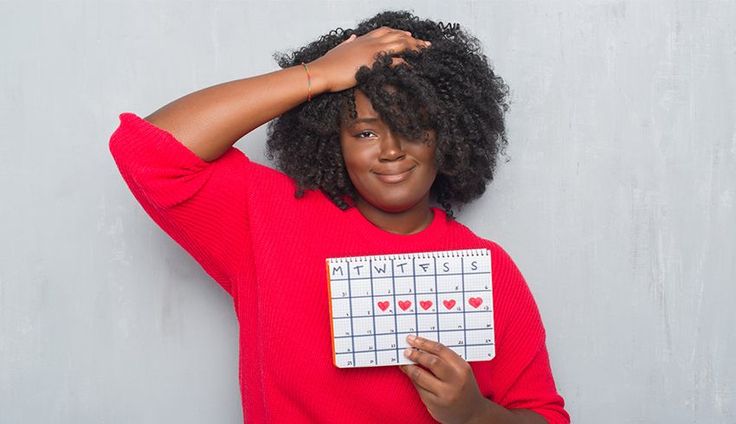
January 1, 2025
“Understanding Menstrual Phases and Hormonal Changes for a Healthier You!”

Shraavya
Menstrual cycle is a natural biological process that prepares a woman's body for a possible pregnancy. It involves the thickening of the uterine lining and the release of an egg from the ovaries.
We all know that every woman gets their period every month and everyone's cycle is unique.Now, let's talk about the menstrual cycle. It has 4 phases and let's know them better one by one.
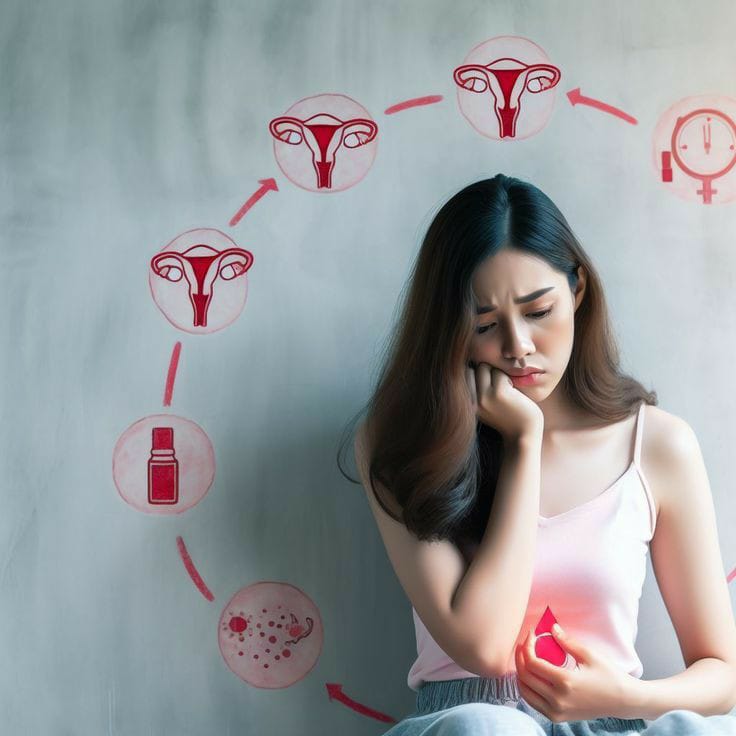
Phases of the Menstrual Cycle
• Menstruation Phase:
This is when bleeding occurs after the body sheds the lining of the uterus. It usually lasts about 3-7 days.
As your period starts, estrogen and progesterone levels drop, signaling your body to release the uterine lining as menstrual blood. During this phase, you might feel cramps, back pain, or even bloating.
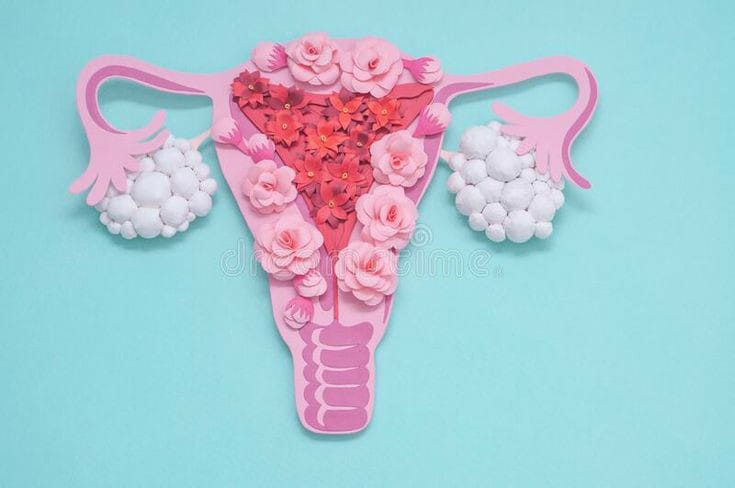
• Follicular Phase:
It's called the Follicular phase because your pituitary gland releases a hormone called Follicle Stimulating Hormone (FSH), which stimulates the follicles in your ovaries to mature. These follicles contain your eggs.
The follicular phase begins on the first day you menstruate. It lasts until ovulation, when one of your ovaries releases a mature egg.
The follicular phase is the longest phase of your menstrual cycle. It lasts from 14 to 21 days.
• Ovulation:
Ovulation takes place when a fully developed egg is released from your ovary and travels toward your uterus through the fallopian tube. This usually happens around day 14, in the span of 16 to 32 hours after the Luteinizing Hormone surge.
Some people might feel a slight pain on one side of their abdomen—it's normal, and it's called mittelschmerz.
During this phase, your estrogen and progesterone levels are at their highest, which can boost your mood, energy levels, and libido.
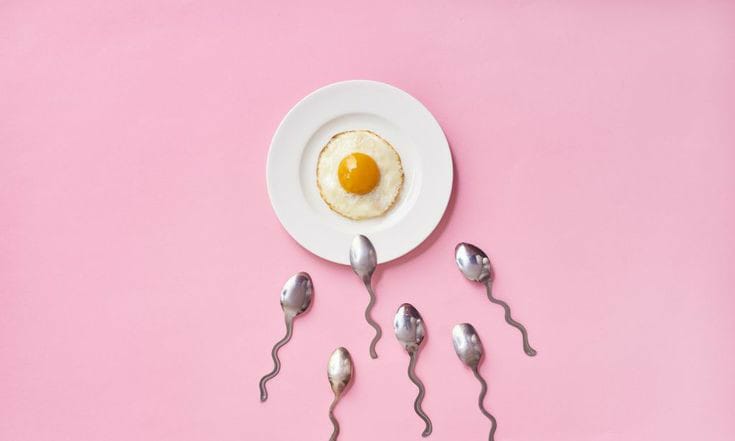
• Luteal Phase:
The luteal phase of your menstrual cycle occurs right after ovulation (when your ovary releases an egg). It lasts about 14 days and ends when you get your menstrual period.
The main purpose of the luteal phase is to prepare your uterus for a possible pregnancy.
• Short luteal phase:
A luteal phase that lasts less than 10 days is a short luteal phase. This means you get your period within 10 days of ovulation. A short luteal phase doesn't allow your uterine lining to grow and thicken enough to support an embryo. As a result, people with a short luteal phase may struggle to get pregnant.
A short luteal phase can also be a sign of a luteal phase defect (LPD). A luteal phase defect is when your uterine lining doesn't grow or thicken enough to support a pregnancy. LPD can cause infertility or miscarriage.
• Long luteal phase:
A long luteal phase is the opposite of a short luteal phase. It means your period comes 18 days or later after ovulation. People with a long luteal phase may have a hormonal imbalance like PCOS (polycystic ovary syndrome). If you don't get your period within 14 days of ovulation, taking a pregnancy test might be a good idea.
The cycle repeats until menopause unless pregnancy or other health conditions prevent it from recurring.
Now that you all are familiar with the different phases of the menstrual cycle, let's talk about the mood swings, cramps and fatigue you feel. Ever wondered why you get those random mood swings and feel tired?
These changes are real, and they're caused by hormonal shifts that happen in different phases of your cycle.
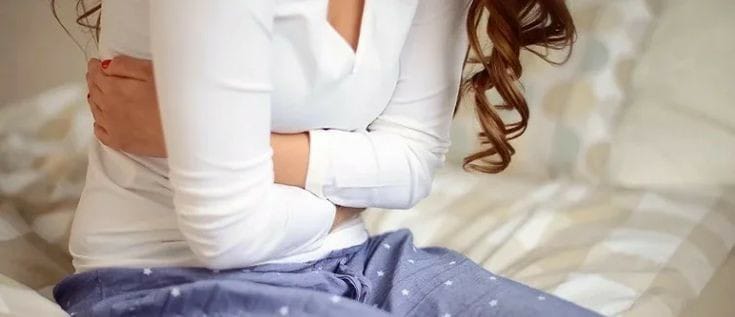
Hormonal Changes: During your menstrual cycle, levels of hormones like estrogen and progesterone fluctuate, which can lead to emotional ups and downs and make you feel more tired than usual.
Iron Levels: Blood loss during your period can lower your iron levels, leading to fatigue and a feeling of being run down.
Stress: Emotional or physical stress can worsen these symptoms, making mood swings more intense and adding to feelings of fatigue.
You can manage them by:
‒ Use a heating pad or take warm showers to ease cramps.
‒ Drink plenty of water to reduce bloating.
‒ For mood swings, try magnesium-rich foods like nuts or dark chocolate to help stabilize your emotions. Iron-rich foods like leafy greens and lentils combat fatigue.
‒ Light activities like yoga can relieve cramps and improve your mood.
‒ And also rest when you need to, it's like giving your body a break.
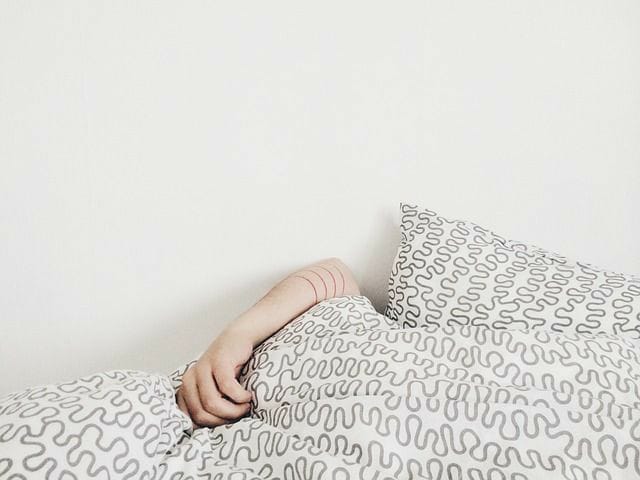
Understanding Your Cycle
• By regularly tracking your cycle, it helps you to understand unique patterns, irregular cycles or changes in symptoms such as cramps, mood swings and helps you predict your next period.
• Methods of tracking:
‒ Calendar Method: To predict your next cycle, mark the start and end of your period on a calendar. This approach helps in interpreting the length of the cycle.
‒ Basal Body Temperature(BBT): This method involves measuring your body temperature every morning after waking up. If you see that there's a rise in temperature then it indicates ovulation.
• Tracking menstrual cycles can help women understand about their bodies and how to take care of them. Tracking your cycle regularly helps in identifying any health problems.